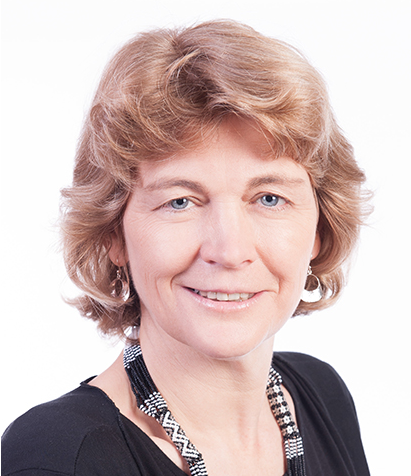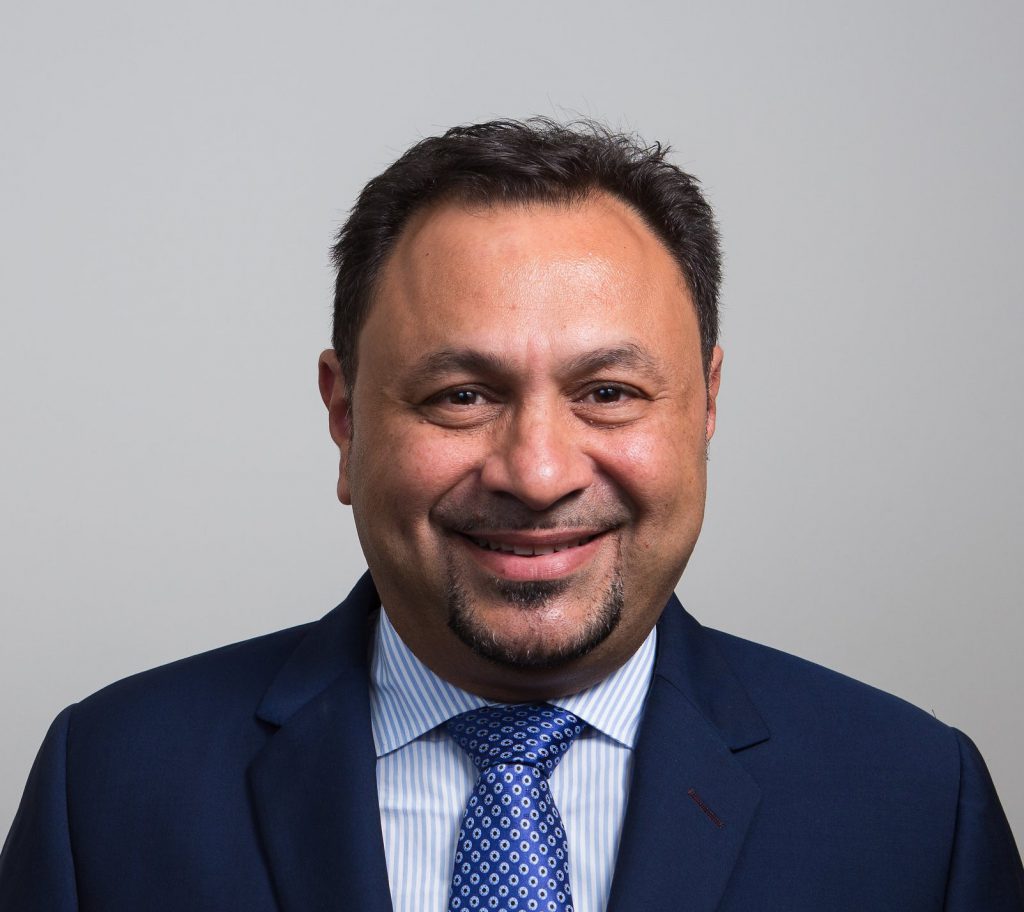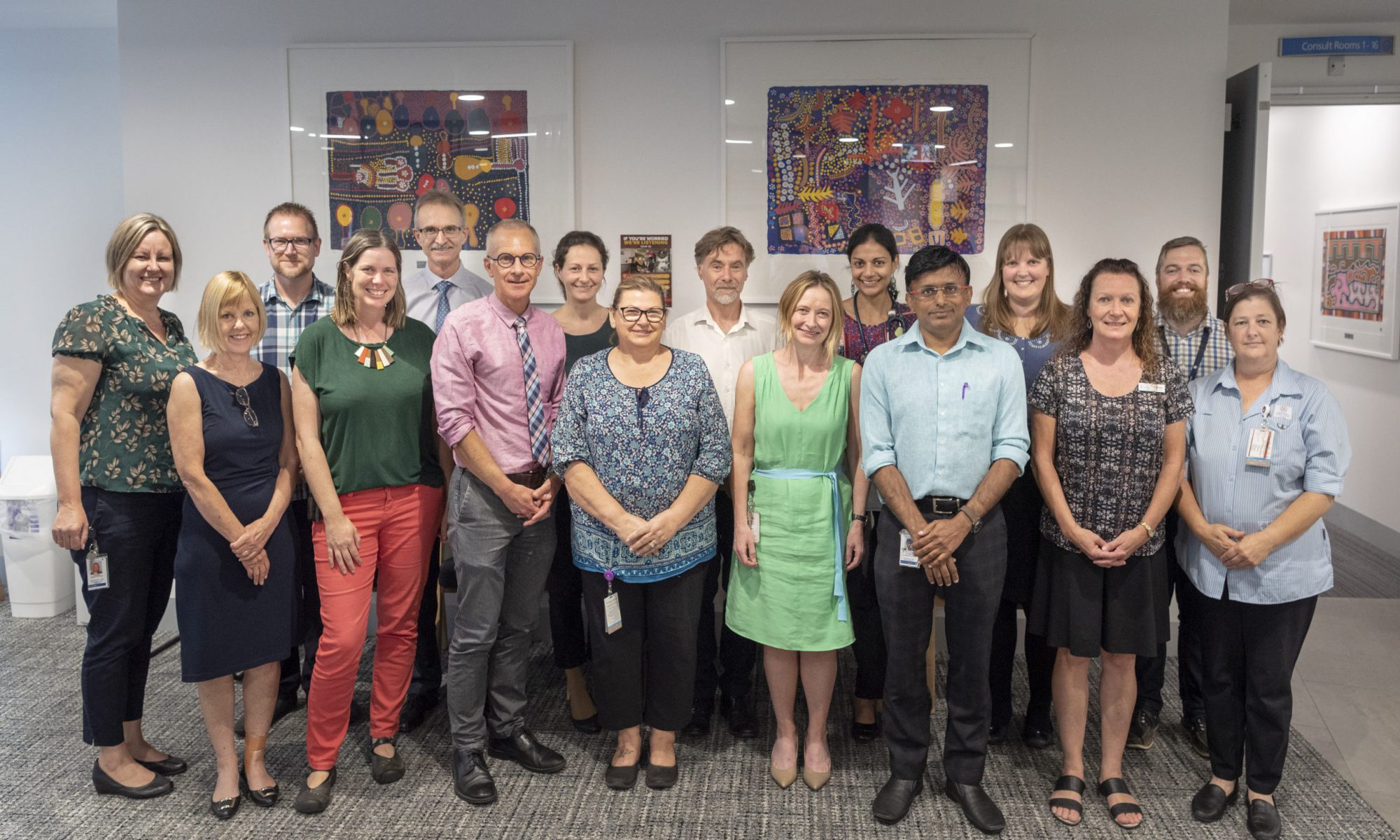About Us, Our Hopes, and History
What do we hope MiNDAUS will achieve?
Associate Professor Paul Talman
“The NH&MRC Partnership Grant will deliver a Nationally coordinated approach to MND Care, Research and Policy development. It will also give patients and carers a direct voice in influencing what they feel are the important priorities for people affected by MND”

Professor Matthew Kiernan
“Our NHMRC partnership brings together all stakeholders in a patient centred approach that will drive care and research improvements for MND. The partnership will be evidence based, policy-generating and focused on the needs of patients and community support. Through our partnership we will facilitate effective translation of treatment and care, with meaningful discoveries for MND patients and their carers.”

Professor Naomi Wray
“The Partnership aims to enhance the lives of those with MND today, and their carers, while allowing them to contribute to “big data” research resources which will help those with MND in decades to come.”

See an interview with Naomi here .
Professor Matthew Bellgard
“Empowerment for patients to manage their condition, clinicians to make decisions and data to drive a better understanding of MND”

History of MiNDAUS
Provided by Associate Professor Paul Talman
Australian Motor Neurone Disease Registry
The Australian Motor Neurone Disease Registry (AMNDR) was established in 2004. Specialists around Australia caring for people with motor neurone disease believed that working together and collecting information from as many patients as possible would speed up knowledge, increase the likelihood of finding new treatments, and make finding a cure more likely.
They began by collecting information looking at patterns of disease and progression from patients with motor neurone disease. This was entirely supported by donations from within Australia. Since 2004, around 2,500 patients have registered and contributed to AMNDR.
Linking the effort amongst clinical teams in their approach to the treatment and management of motor neurone disease inspired other researchers and teams to become involved across Australia because they saw the benefit of a shared direction.
AMNDR will now be absorbed into the MiNDAUS Clinical Registry which is an expanded, state of the art, secure database that will be accessible to all motor neurone disease patients across Australia.
SALSA-SGC
In 2015 Prof. Naomi Wray, a specialist in genomics, saw the need to add to the clinical information that was being collected by AMNDR. She foresaw that collecting and analysing genomic information from people affected with motor neurone disease would become a powerful addition to the search for understanding and finding a cure or effective treatment.
Prof Wray created the ‘Sporadic ALS Australian systems genomics consortium’ (SALSA-SGC). As happened with AMNDR, this was funded entirely by donations from the Australian public by funds raised by the Motor Neurone Disease Association of Australia during the ice bucket challenge.
Since then, this collection of samples combined with clinical data has formed a very powerful tool for current and future analysis in MND. With the current revival in clinical trial activity supported by FIGHT MND funding, the search for a treatment that will make a difference has been accelerated.
MiNDAUS
MiNDAUS is an ambitious broad national partnership, funded by the Australian Government National Health and Medical Research Council in 2019, as well as donations, and focuses on people with MND and their carers. It enables healthcare workers, clinicians and researchers to work together to achieve the best outcomes and develop evidence based health policies for people affected by MND.
The MiNDAUS platform enables patients to register themselves and maintain up-to-date information about their care and condition. We hope that this will help patients take control of their care, manage and share their own information.
People who register can also give permission for their data to be shared with the MiNDAUS Clinical Registry and also to link with SALSA-SCG. There is also the option to link with other established research programs like IPSc (stem cell) study, which is funded by Fight MND.
The linkage of this information will provide a powerful tool to investigate many aspects of motor neurone disease and develop evidence-based policies advancing care and breakthroughs in research.
Our work to help patients and carers manage their disease, and enabling them to contribute their efforts and information is critically important and we are sure that it will deliver significant urgent progress in understanding and treating this disease.
Acknowledgements
The AMNDR, SALSA-SCG and the MiNDAUS Partnership would like to thank all the patients who have contributed their information, samples and participated in any of these studies. You are our inspiration.
All of the Specialist Clinics, Specialists and Researchers who commenced working together across Australia remain involved with MiNDAUS. We have also welcomed new teams, team members, clinical specialists and organisations that are working with us to achieve our dream of best possible care until we find a cure.
